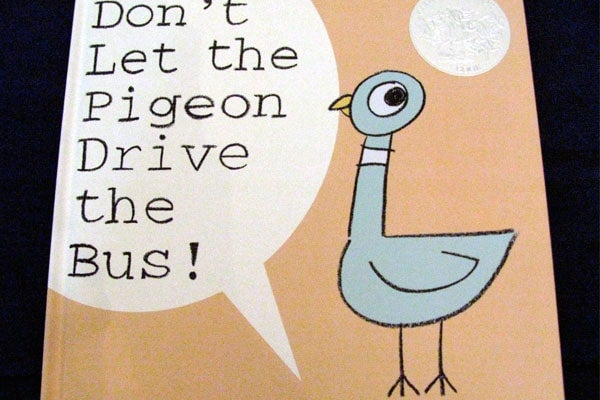A new study by University of Toronto researchers has found that kids’ books featuring animals with human characteristics not only lead to less factual learning but also influence children’s reasoning about animals.
Researchers also found that young readers are more likely to attribute human behaviors and emotions to animals when exposed to books with anthropomorphized animals than books depicting animals realistically.
“Books that portray animals realistically lead to more learning and more accurate biological understanding,” says lead author Patricia Ganea, assistant professor with the Department of Applied Psychology and Human Development. “We were surprised to find that even the older children in our study were sensitive to the anthropocentric portrayals of animals in the books and attributed more human characteristics to animals after being exposed to fantastical books than after being exposed to realistic books.”
 Published in the online journal Frontiers in Psychology, the study has implications for the type of books adults use to teach children about the real world, Ganea said. Writer Dominic Ali spoke with Ganea (pictured right) about the study and the researchers' advice to parents and teachers to consider using a variety of informational and nonfiction books, and to use factual language when describing the biological world to young children.
Published in the online journal Frontiers in Psychology, the study has implications for the type of books adults use to teach children about the real world, Ganea said. Writer Dominic Ali spoke with Ganea (pictured right) about the study and the researchers' advice to parents and teachers to consider using a variety of informational and nonfiction books, and to use factual language when describing the biological world to young children.
Does the research only concern picture books or do novels have the same effect?
Our research so far concerns preschool and kindergarten children's learning of factual knowledge from picture books. However, fantastical narratives may also present a challenge to older children in that they have to isolate story content that has potential application to the real world from fantastical information. Children's ability to selectively learn from stories develops with age, and is most likely related to their ability to distinguish reality from fantasy.
Why do so many children’s books – particularly picture books – use anthropomorphized animals?
It probably has to do with the assumption that children find animals interesting and that content that is depicted using animals may be more entertaining for young children. It may also have to do with the idea that young children are going to identify more with the characters in books if they wear clothes, have names and behave like humans.
However, it is important to note that the anthropocentric portrayal of animals and their habitats is not widespread across cultures. It is also possible that children who have more direct experience with real animals in their daily life may be less influenced in their reasoning by anthropocentric portrayals of animals in books.
What is wrong with young kids having an anthropomorphized view of animals?
There is no evidence to suggest that children are more likely to understand ethical issues better if animals are depicted in stereotypical human-like ways rather than realistically in their natural habitats. Children are generally curious about the natural world and it is very likely that they would enjoy attractive books that portray animals and their environments accurately and sensitively.
Anthropomorphizing animals in picture books and TV shows for young children can lead to misconceptions about animal behaviors and needs, and possibly interfere with their ability to acquire scientific explanations of biological phenomena.
What other kinds of “factual learning” may be taking place when a young child reads? Is it somehow easier for them to see fictional characters tackle challenges (such as grief, anger, conflict, disappointment, failure) if those characters are animals?
More research is needed to systematically examine children's ability to learn and transfer social and moral norms from books that vary in context and type of characters. Depicting complex social and moral issues by using characters that are more distant from the child's point of view may have the unwanted consequence that children will not transfer the information from the book to the real world.
Existing research suggests that children are more likely to transfer information or practical solutions from a book to the reality from more realistic stories than from fantasy stories.
What advice would you give parents and teachers of young readers?
I recommend exposing children to a variety of types of books and drawing children's attention to how the content in the book relates to children's prior knowledge. For example, if you read a book with your child about unfamiliar animals, it would be helpful to make connections to animals that the child has seen or heard about before, and to talk about how they are similar or different.
Very young children will find it easier to relate the content of realistic books to reality.

 Published in the online journal Frontiers in Psychology, the study has implications for the type of books adults use to teach children about the real world, Ganea said. Writer Dominic Ali spoke with Ganea (pictured right) about the study and the researchers' advice to parents and teachers to consider using a variety of informational and nonfiction books, and to use factual language when describing the biological world to young children.
Published in the online journal Frontiers in Psychology, the study has implications for the type of books adults use to teach children about the real world, Ganea said. Writer Dominic Ali spoke with Ganea (pictured right) about the study and the researchers' advice to parents and teachers to consider using a variety of informational and nonfiction books, and to use factual language when describing the biological world to young children.


